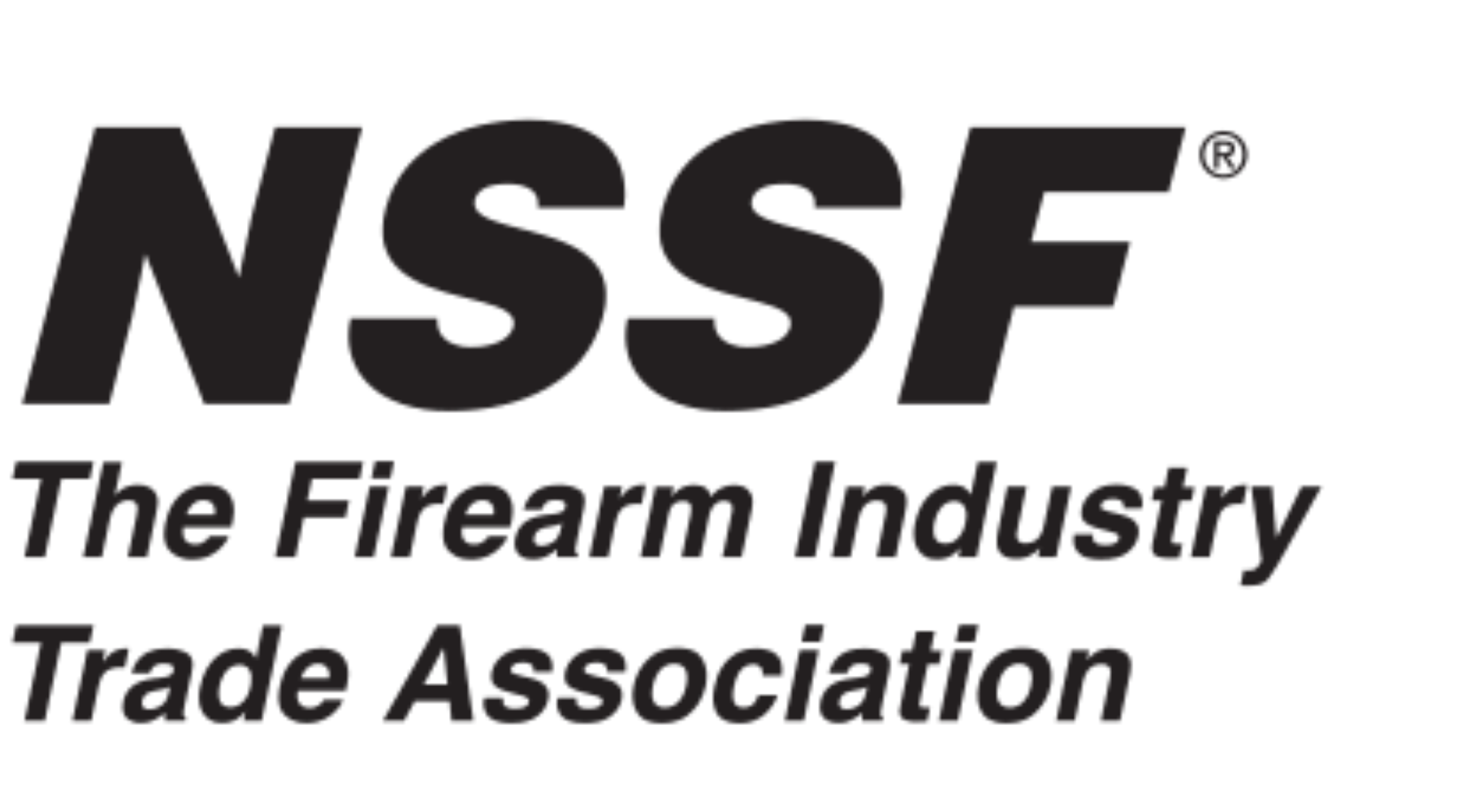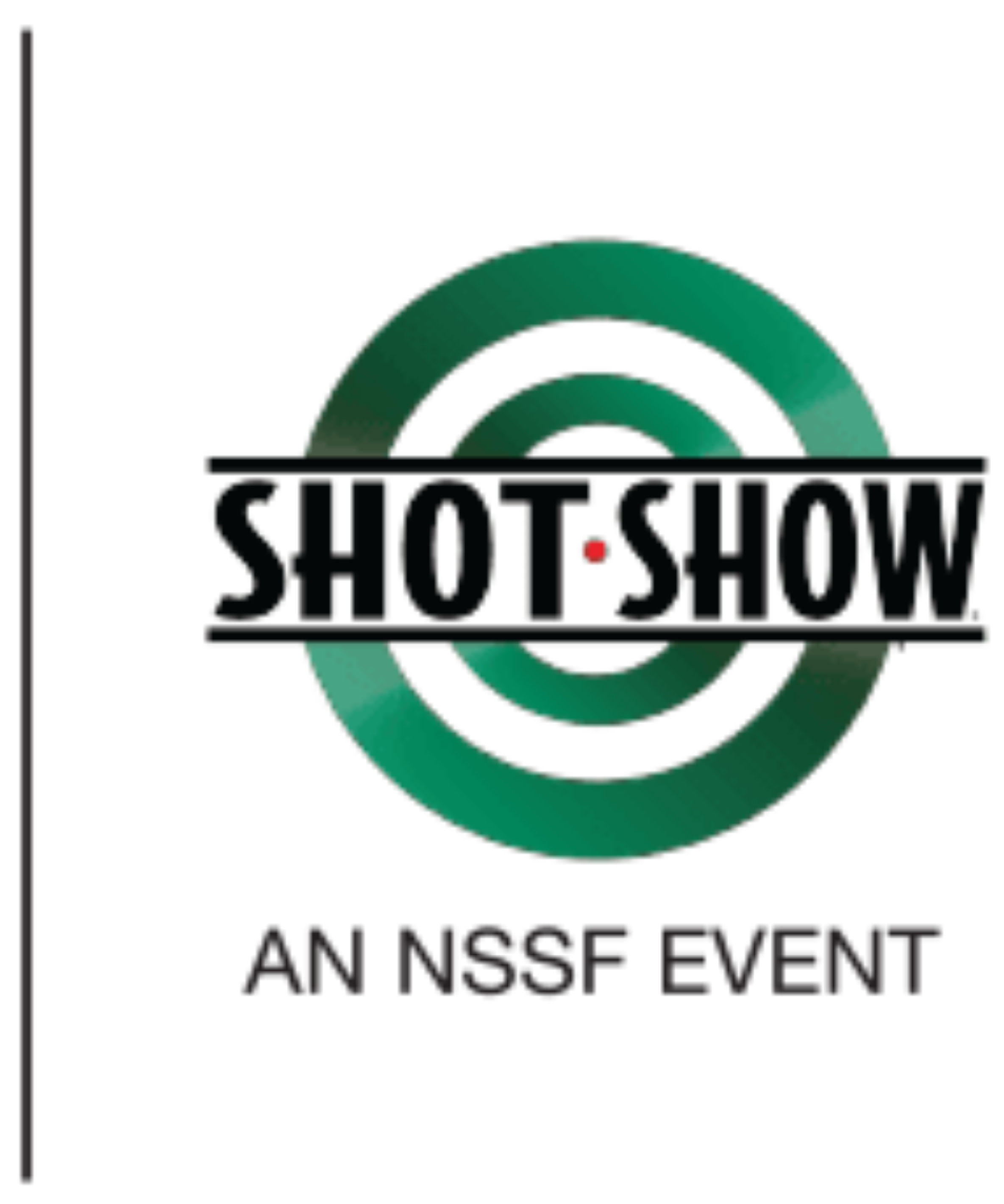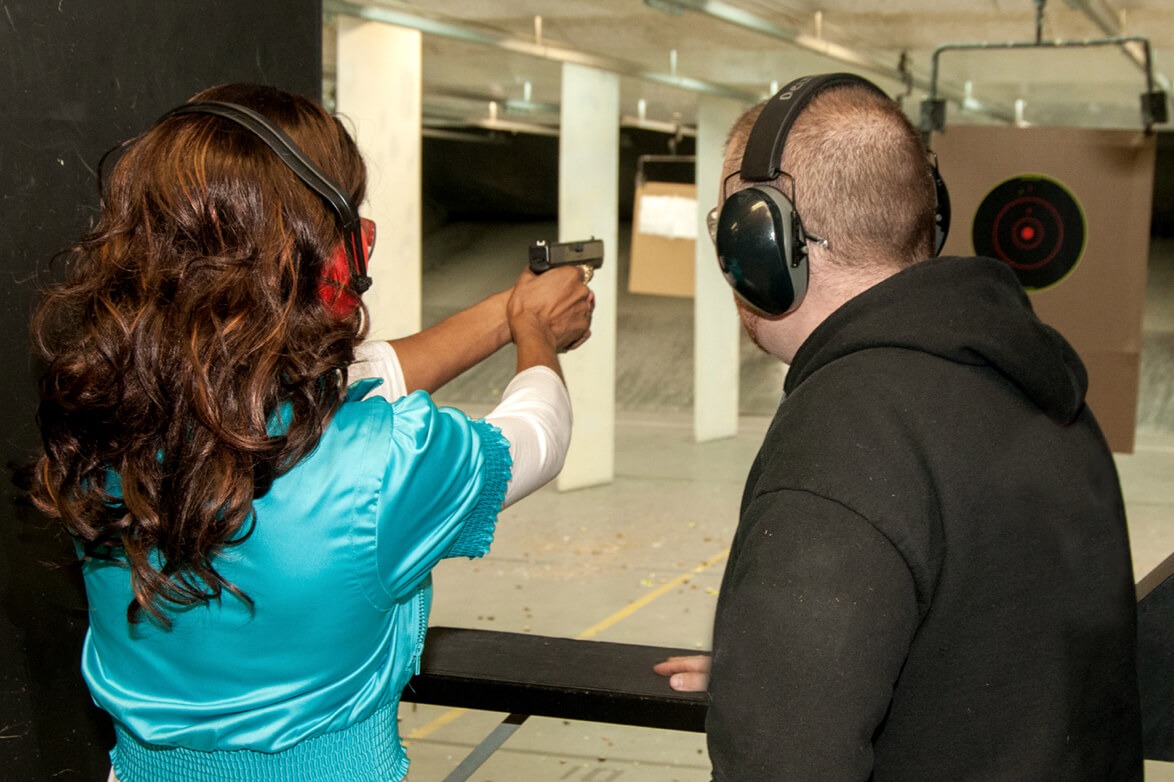 Back to News
Back to News
June 15, 2017
Getting the Lead Out: An Introduction to Shooting Range Lead Management
Lead’s unique properties make it an ideal material for ammunition, and for that reason lead has been an integral part of shooting for centuries. But lead (chemical symbol Pb) is a toxic substance that can cause harm to humans and the environment. As a range owner or manager, you must ensure that you have proper practices and procedures in place to manage your lead-related risk. This article introduces a series that will identify and address issues concerning the proper handling, management and disposal of lead at shooting range facilities such as yours.
Why Lead Management on Your Range is Necessary
Your customers and employees are exposed to airborne lead particles during normal shooting activities. The discharge of a firearm results in small amounts of lead dust becoming airborne from the discharge of the bullet and primer. When inhaled or ingested, microscopic lead particles can eventually enter the blood stream. Short-term, low-level exposure to lead does not pose a health risk. However, regular long-term exposure to excessive amounts of lead can lead to a buildup of lead in the bloodstream, also known as “lead poisoning.”
Lead poisoning is more dangerous for children of developmental ages, but can cause headaches, difficulty with memory and concentration, aches and pains and mood disorders in adults.[1] If unchecked, continuous overexposure to lead can cause serious health problems. Shooting range employees are therefore particularly at risk, especially at indoor ranges. Employees can also be exposed to lead when cleaning range facilities, changing filters or when gathering spent lead fragments. Additionally, the failure to properly mitigate accumulated, stored or disposed of lead fragments can contaminate the environment.
Proper Lead Management is Required By Law
Lead is subject to myriad state and federal laws and regulations governing the proper use, handling, storage and disposal of lead. Shooting range operators who fail to adopt proper practices and compliance programs do so at their peril. The Occupational Safety and Health Administration (OSHA) regularly cites and fines range operators who fail to take appropriate steps to protect employees and customers from lead exposure. Just last year, OSHA cited shooting ranges in Pennsylvania and Louisiana for failing to implement proper lead mitigation programs and issued combined fines totaling $213,000. Additionally, the Environmental Protection Agency (EPA) and state agencies regularly fine range operators who fail to properly mitigate or dispose of lead waste.
Proper Lead Management is Good for Business
Range operators are responsible for full compliance with all regulatory compliance. Ignorance is no excuse, and bad publicity relating to shooting range health risks is on the rise. An exposé published by the Seattle Times charged that “… thousands of people, including workers, shooters and their family members, have been contaminated at shooting ranges due to poor ventilation and contact with lead-coated surfaces.”[2] A literature review recently published in the peer review journal Environmental Health found that “… firing ranges, regardless of type and user classification, currently constitute a significant and unmanaged public health problem.”[3] It is in the industry’s best interests for range owners to employ best practices and fully comply with all laws and regulations in order to quell the notion that shooting ranges are unsafe.
Lead risks affect both indoor and outdoor range operators, although in different degrees. Indoor range operations can pose a greater risk to humans than outdoor ranges and must therefore manage the risk of exposure posed by airborne lead dust to protect employees and customers. Outdoor range operations can pose a greater risk to the environment. But whether you operate an indoor or outdoor range, you need to be fully aware of the full range of legal responsibilities regarding the presence of lead at your facility.
The good news is that there are plenty of resources available to help guide you to full compliance as a range owner. This includes articles discussing lead management details and protocols that will follow this one, each utilizing experts such as the author of this article. Kutak Rock, LLP, a national law firm with a dedicated firearms practice. Another valuable resource is NSSF’s team of Range Action Specialists, which can arrange on-site visits to address current challenges and develop best practices. For more information, visit nssf.org/ranges.
Disclaimer: This blog and all information contained herein is provided by NSSF as a benefit and service for its members for informational purposes only. None of the information contained herein is intended, nor should be relied upon, as legal advice. Members should consult their own attorneys and obtain independent legal advice. NSSF and Kutak Rock, LLP, law firm do not warrant the accuracy of any of the information contained in this blog. No attorney-client relationship exists or is intended to be created between the Kutak Rock, LLP, law firm and any member by virtue of this blog.
- http://www.mayoclinic.org/diseases-conditions/lead-poisoning/home/ovc-20275050 ↑
- http://projects.seattletimes.com/2014/loaded-with-lead/1/ ↑
- https://ehjournal.biomedcentral.com/articles/10.1186/s12940-017-0246-0 ↑
Categories: BP Item, Bullet Points, Featured, Ranges, Top Stories









